Photo Editing in Seconds, Not Hours
Gemini’s Nano Banana makes the kind of edits once reserved for pros accessible to everyone.
You finally get that shot in front of the Eiffel Tower—except the lighting is flat and a stranger is wandering through the background. Fixing it used to mean hours in Photoshop or hiring a professional.
Now, with Google’s delightfully named new AI tool, Nano Banana, those edits take seconds. Just type what you want, and it does the rest.
What Is Nano Banana?
Nano Banana is Google’s new AI image generation, officially called Gemini 2.5 Flash Image. It can handle advanced edits, like background swaps, lighting fixes, or even multi-image fusion, using nothing more than natural language prompts. Despite the silly nickname, it’s one of the most powerful consumer-facing AI tools yet.
For decades, Photoshop has been the gold standard for photo editing, but it came with a steep learning curve and hours of work. Nano Banana flips that model on its head.
Speed: Edits that once took hours now take seconds.
Accessibility: No layers, masks, or technical know-how required. If you can type a sentence, you can edit like a pro.
Consistency: It keeps people, objects, and styles consistent across multiple photos, something even skilled editors struggle with.
Flexibility: You can refine images step-by-step with natural language prompts, rather than doing everything at once.
Free Access: You can make up to 100 edits daily for free.1
No wonder it’s responsible for 10+ million new Gemini users in 10 days!2
Let me be clear: Nano Banana won’t make professional tools obsolete. Professionals can still create higher-quality work using tools like Photoshop. But for busy creators and business owners who don’t have the budget to hire a pro or the time to wrestle with Photoshop themselves, it’s a game-changer.
This isn’t just about working faster; it’s about making higher-quality editing accessible to anyone, from parents touching up family photos to small businesses creating marketing assets.
How to Use Nano Banana
Getting started with Nano Banana is easy. Start by navigating to Google’s chatbot, Gemini.
Then, make sure either 2.5 Flash or 2.5 Pro is selected in the top left. Using one of these models is required to access Google’s Nano Banana editing features.
2.5 Flash is faster and good enough for most basic edits.
2.5 Pro is slower and better for more complex edits.
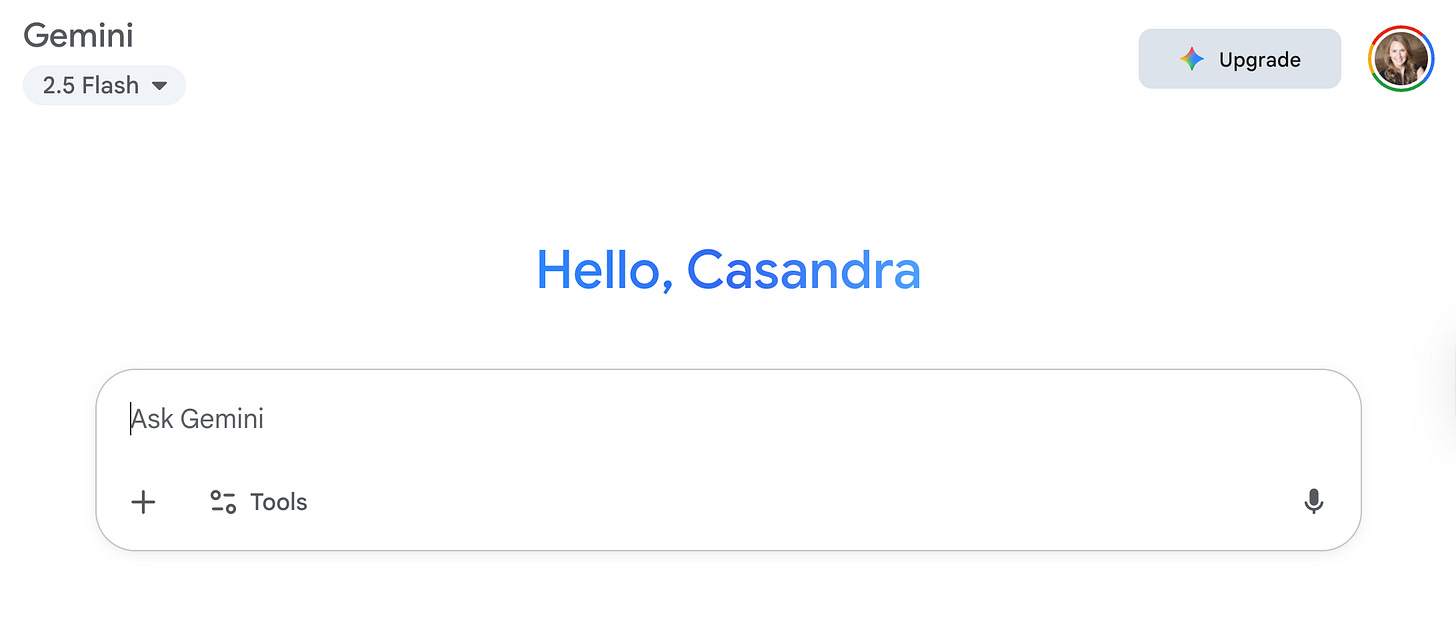
Next, paste or upload the image you want to edit and describe the changes you want to make. Then click the Submit button.
That’s it! Gemini will share your edited photo with you right in the chat window. You can ask for more edits (including upscaling) or download your edited photo and put it to use.
Nano Banana Use Cases & Examples: Before and After
The best way to understand what makes Nano Banana different is to see it at work. Let’s go through some real examples of Nano Banana edits so you can see what’s possible.
1. Polish Photos With Basic Edits
It’s not easy to take a nice photo! When I’ve had professional headshots taken, I worked with a professional photographer who brought an expensive camera and lights. We had access to a nice location for the shoot, and I even had my hair and makeup professionally done beforehand. This is out of reach for many people, and it’s certainly not something most people can do every week.
With Nano Banana, you easily upgrade basic photos you’ve taken with your phone, whether they’re selfies, vacation photos, or family photos.
Basic Edits Example
In this example, I took a selfie I had taken and asked Gemini to enhance it with better lighting, smoother hair, and a clean background.
Personally, I much prefer this approach over generating new headshots using AI, which I tested last year. First, it actually looks like me because it is a real photo of me, it’s just been edited in a unique way. Second, I have a lot more control over things like my outfit, and making sure defining features like my freckles don’t get erased.
2. Virtual Product Shoots
Great product photos are crucial for ecommerce shops, but hiring a professional photographer, models, or booking a studio is financially out of reach for most small sellers.
With Nano Banana, sellers can take simple product photos on their phone and have them placed in different settings or on different models. You can even update old photos to show new products.
Virtual Product Shoot Example
In this example, I took one of the design files from my old brewing company and asked Gemini to place the design on some free stock photos of a model I found on Unsplash.34
Here are the results.
3. Social Media Content
Any brand that relies on social media for distribution knows that it’s an insatiable content monster. The Instagram algorithm values both quantity and quality but it can be hard for most entrepreneurs to find the time to create new content on top of running their actual business. Nano Banana makes it easy to combine, edit, and expand on existing content to make sure you always have something on brand to share.
Social Media Content Example
I make bagels regularly. So often, in fact, that I could probably run a micro bakery from my home if I wanted to. This is a business that typically lives and dies by aesthetic Instagram content, but I’m not an amazing photographer, and I don’t have a beautiful rustic kitchen.
In this example, I found a photo of a beautiful rustic kitchen in upstate New York on Unsplash5 and asked Nano Banana to place my bagels in this kitchen. I wouldn’t pretend that this is my personal kitchen, but that doesn’t mean I couldn’t share a beautiful stack of bagels in it with the caption, “Who are you sharing these bagels with?”

Transparency in AI Editing
Google has taken a clear stance on transparency when it comes to AI-edited photos, and Nano Banana reflects that in two ways:
Visible watermark: Every edited photo automatically includes a small Gemini logo in the bottom right corner. The intention is good, signaling the photo was AI-touched, but let’s be honest, it can ruin the aesthetic vibe. You can easily fix this by cropping it out or using a tool like Canva’s Magic Eraser.
Content credentials: Photos are also tagged with C2PA content credentials embedded in the file’s metadata. This standard, backed by companies such as Adobe and Microsoft, serves as a digital receipt, indicating that AI was used in the editing process. Most people will never notice it, just like how every photo you take already carries hidden info like the date, time, and camera settings. Over time, these AI-edit tags will likely become just as common.
How to Get the Best Results With Nano Banana
If you want Nano Banana to give you images that match your vision, the secret is in the prompt. Think of it like giving directions to a designer: the more detail you include, the closer the results will be to what you had in mind. Instead of a vague request, aim for specifics about what’s in the scene, how it’s framed, and the style you want. The tips below, which I gathered from Google’s guidelines,67 will help you craft prompts that consistently deliver great results.
Crafting the Perfect Prompt
To get the best results, it's helpful to be as descriptive as possible. Consider including these elements in your prompts:
Subject: Be specific about who or what is in the image.
For example, "A cheerful robot holding a banana" instead of just "A robot."
Composition: Describe how the shot is framed.
For example, "A close-up of a banana," "A wide shot of a rainforest full of wild banana plants.”
Action: What is the subject doing?
For example, "A monkey peeling a banana," or "A banana flying through space.
Location: Where is the scene taking place?
For example, “A banana on a beach at sunset," or "A banana in a futuristic city.”
Style: What is the desired aesthetic?
For example, "A watercolor painting of a banana," or "A photorealistic image of a banana," or "A 1990s-style ad for a banana.”
Advanced Editing Techniques
Once you have an image, you can use additional prompts to make precise changes:
Targeted Transformations: Make specific edits by giving direct and conversational commands.
For example, "Change the banana's color to blue" or "Add a smiley face to the banana."
Inpainting: Edit a specific area of an image while leaving the rest untouched.
For example, "Using the provided image, change only the banana to be a ripe, yellow banana. Keep everything else in the image exactly the same."
Style Transfer: Completely change the look and feel of an image by applying a new style.
For example, "Apply the style of a comic book to this image of a banana."
Multi-Image Fusion: Combine elements from multiple images into a single, new image.
For example, you could take a picture of a cat and a picture of a banana and ask Nano Banana to "Create an image of the cat wearing the banana as a hat."
Maintaining Consistency and Storytelling
Character Consistency: You can maintain a character's appearance across multiple images and in different scenes. Create a detailed description of your character in the first prompt, and then use follow-up prompts to place that character in new situations.
Multi-turn Editing: Don't be afraid to iterate! You can continue to edit and refine your image through a conversation. If the first result isn't quite right, you can provide feedback like, "That's great, but make the banana look more ripe."
More than just a clever tool, Nano Banana represents a fundamental change in how we approach creative work. It proves that powerful results no longer require complex software. By translating natural language into professional-level edits, it empowers anyone to create stunning visuals in seconds. The barrier to entry for high-quality content has never been lower; all it takes now is an image and an idea.
To endless possibilities,
Casandra
PS. If you found this useful, can you tap the ❤️ below? It helps me out a lot!
Photo by KAi'S PHOTOGRAPHY on Unsplash
Photo by KAi'S PHOTOGRAPHY on Unsplash
Photo by Clay Banks on Unsplash




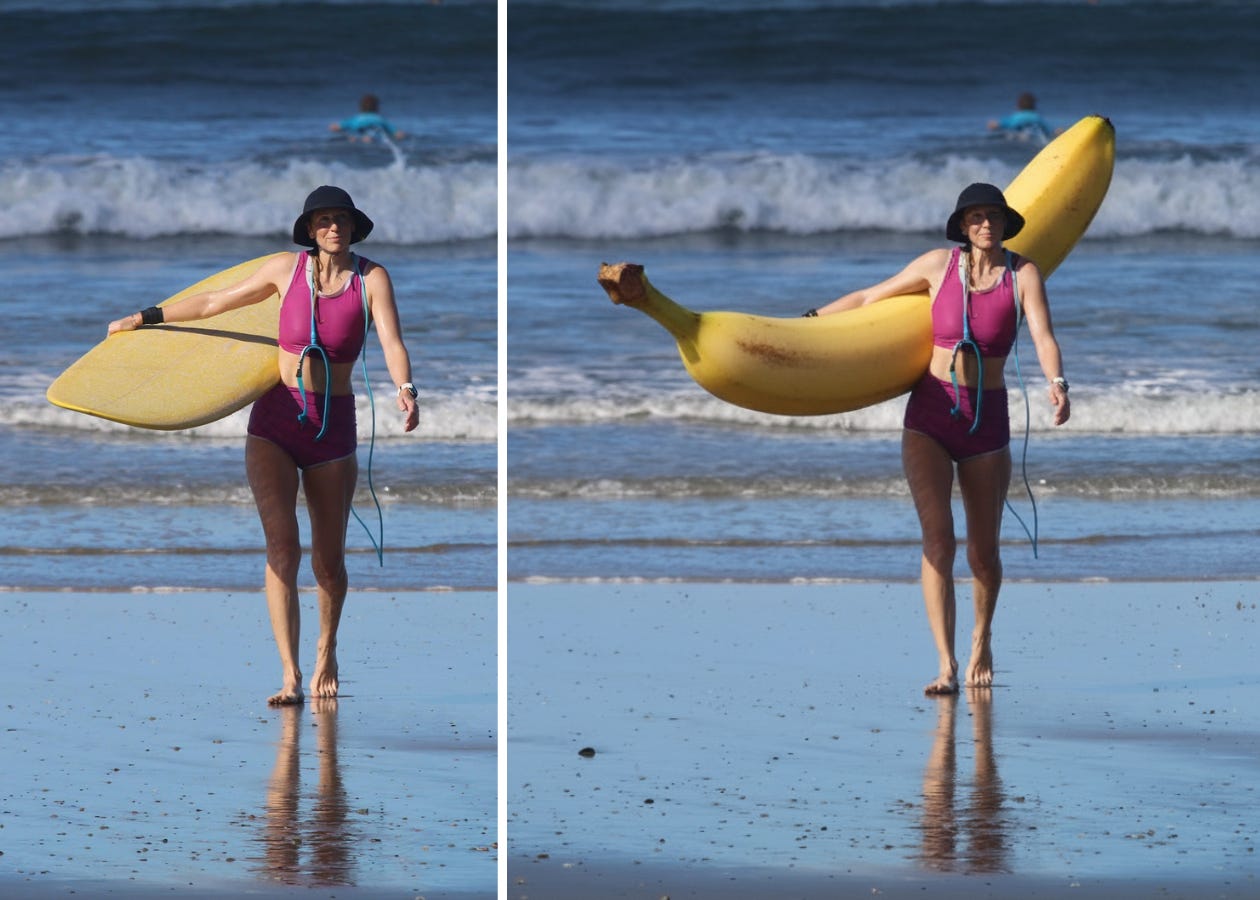

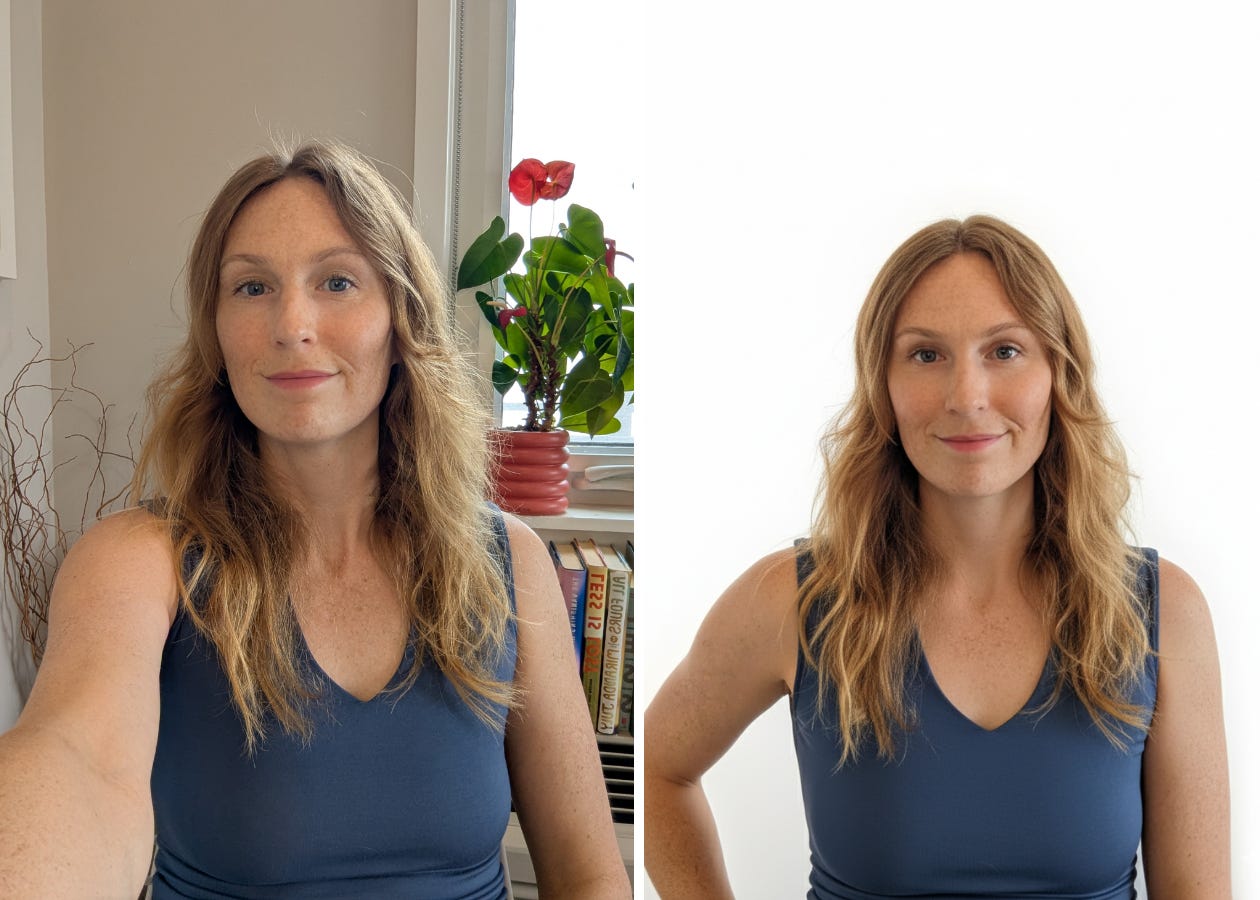

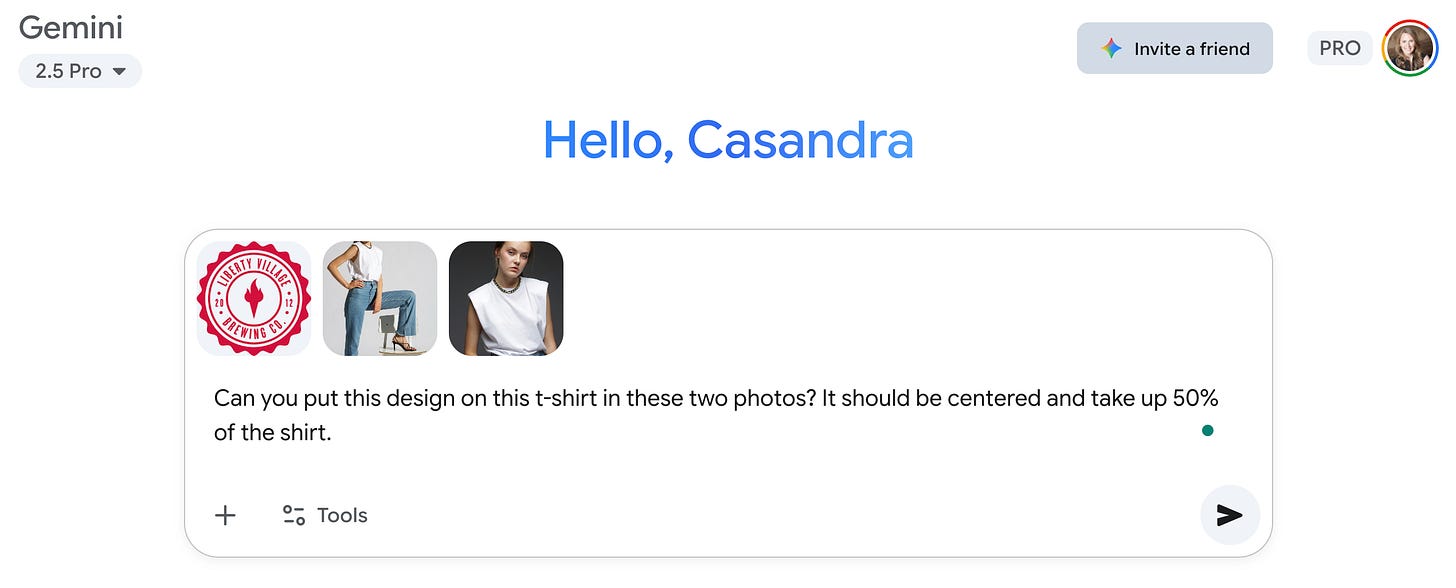
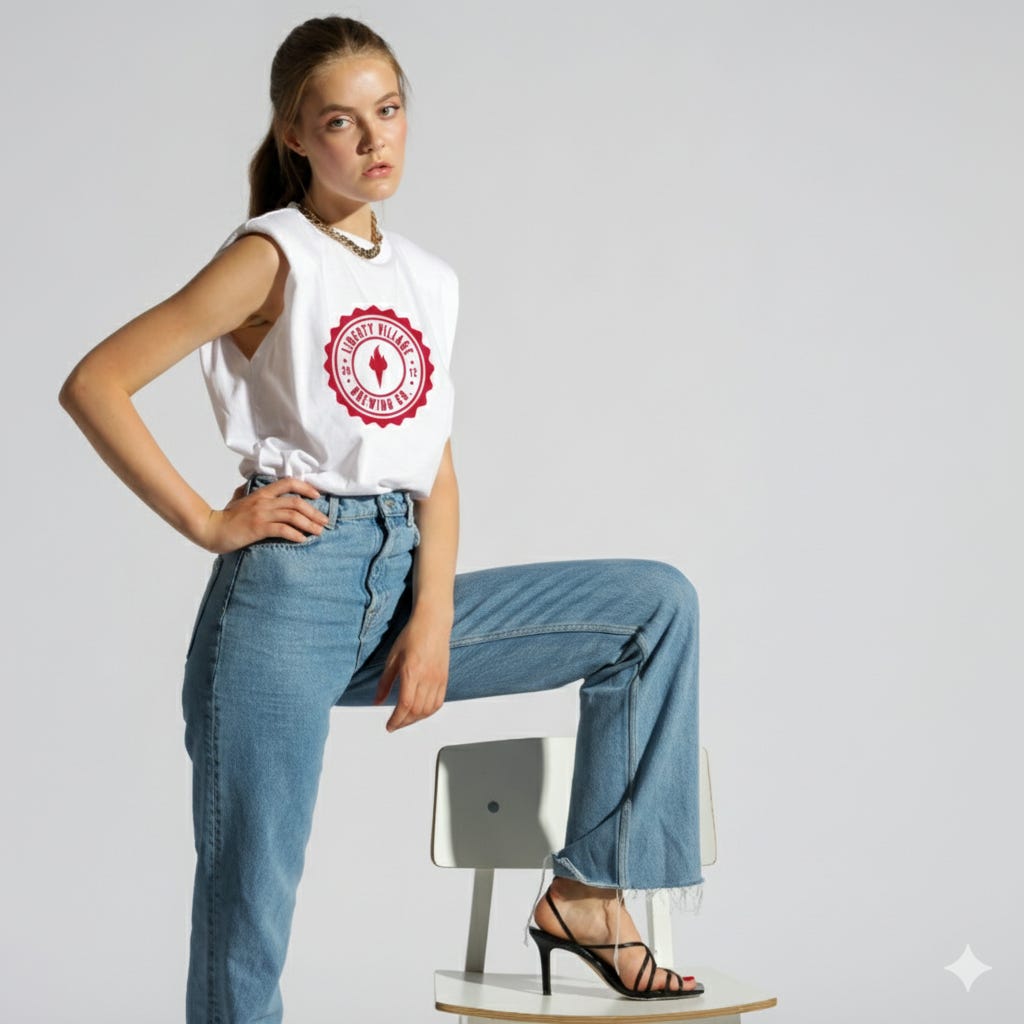
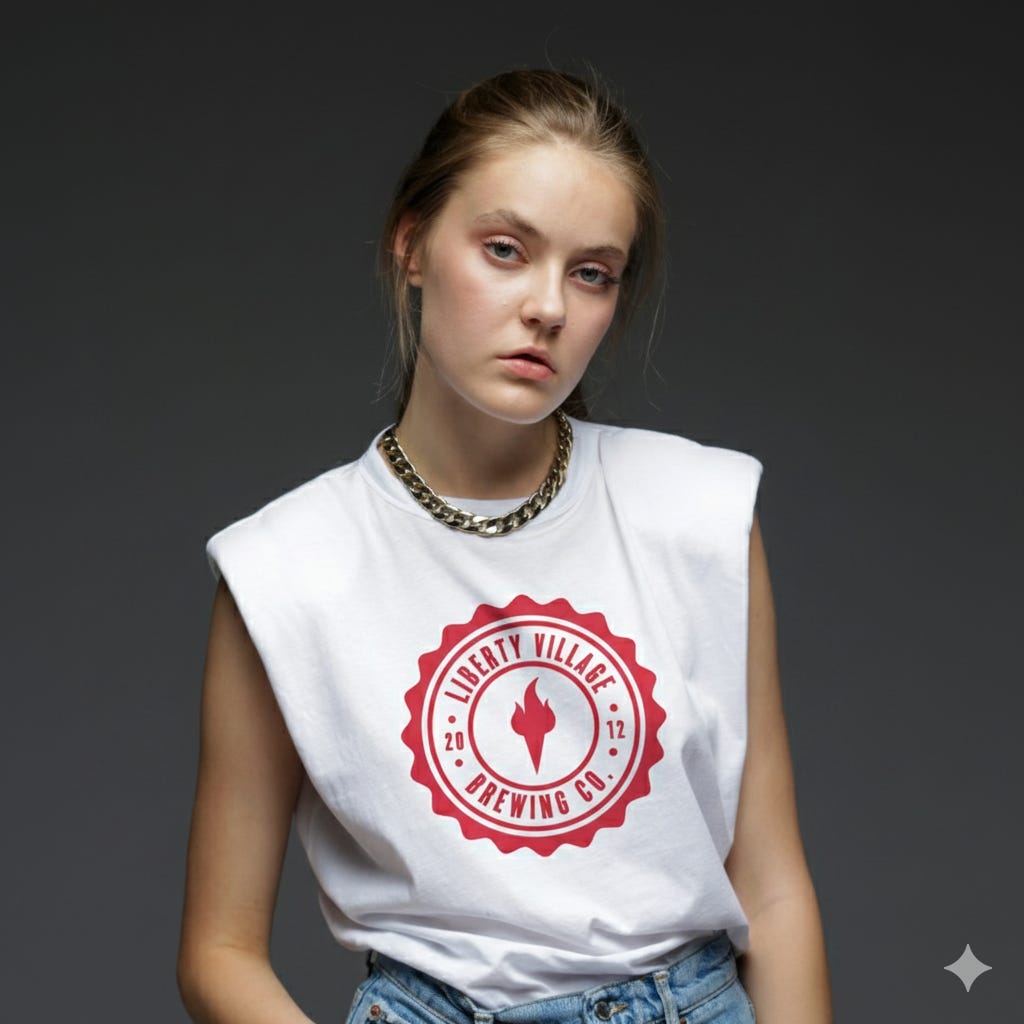

The photo made me hungry.
What a well presented, informative, and useful piece. ✔
Subscribing as a result. 😊